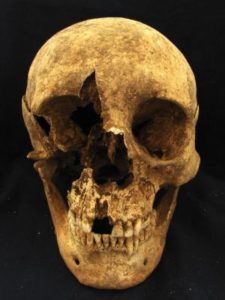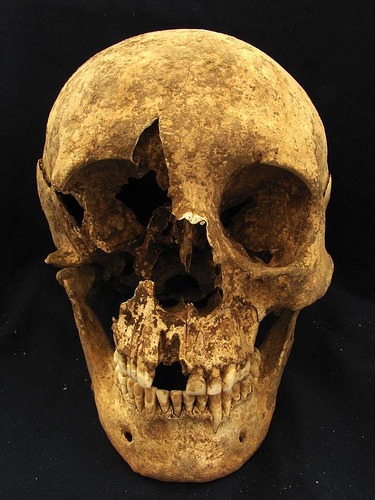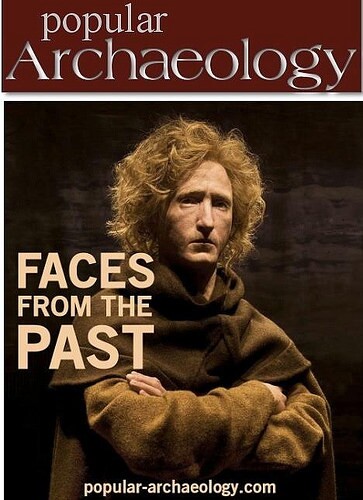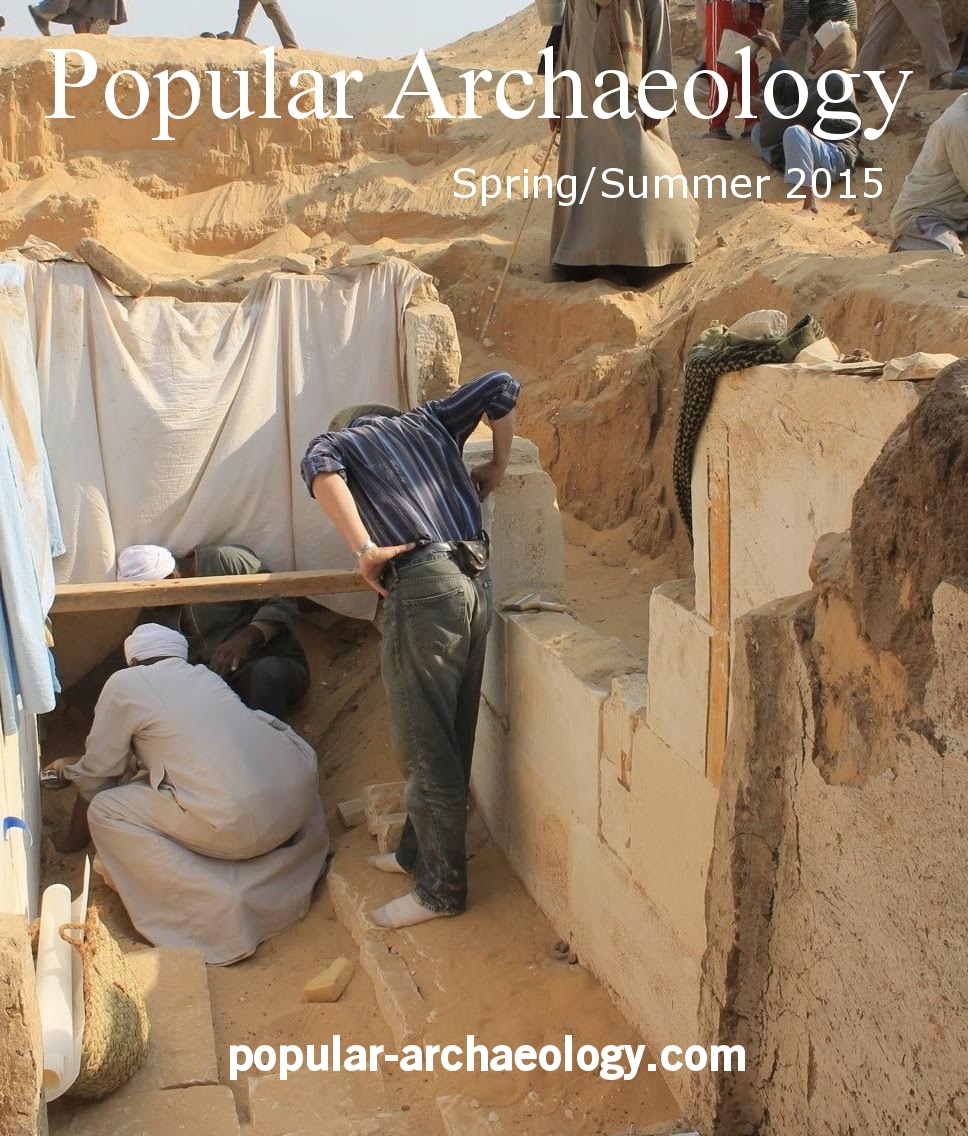
PLOS—Isotope analysis of 2000-year-old skeletons buried in Imperial Rome reveal some were migrants from the Alps or North Africa, according to a study* published February 10, 2016 in the open-access journal PLOS ONEby Kristina Killgrove from University of West Florida, USA, and Janet Montgomery from Durham University, UK.
Previous work has focused on the overall human migration patterns within the Roman Empire. To understand human migration on a more granular level, the authors of this study examined 105 skeletons buried at two Roman cemeteries during the 1st through 3rd centuries AD. They analyzed the oxygen, strontium, and carbon isotope ratios in the skeletons’ teeth to determine their geographical origin and diet.
___________________________________________
Skull of skeleton T15, a 35- to 50-year-old male who was buried in a cemetery in the modern neighborhood of Casal Bertone, Rome, Italy. Isotope ratios suggest he may have been born near the Alps. Credit: Kristina Killgrove
___________________________________________
They found up to eight individuals who were likely migrants from outside Rome, possibly from North Africa and the Alps. The individuals were mostly children and men, and the authors suggest their burial in a necropolis indicates that they may have been poor or even slaves. They also found that their diet probably changed significantly when they moved to Rome, possibly adapting to the local cuisine, comprising mostly wheat and some legumes, meat and fish. The authors note that further isotope and DNA analysis is needed to provide more context for their findings. Nonetheless, they state that their study provides the first physical evidence of individual migrants to Rome during this period.
Source: PLOS news release.
__________________________________________________________
*Killgrove K, Montgomery J (2016) All Roads Lead to Rome: Exploring Human Migration to the Eternal City through Biochemistry of Skeletons from Two Imperial-Era Cemeteries (1st-3rd c AD). PLoS ONE 11(2): e0147585. doi:10.1371/journal.pone.0147585
__________________________________________________________
In addition, the latest Popular Archaeology ebook is now available.
______________________________________________
Travel and learn with Far Horizons.
____________________________________________
This richly illustrated issue includes the following stories: Two remarkable discoveries that are shedding light on human beginnings in Africa; a traveling exhibit and an archaeological site that show how knowledge is more valuable than gold; a Spanish cave and a unique burial that are offering a tantalizing glimpse on the lives of Ice Age hunter-gatherers in Europe; the stunning visual reconstruction of an ancient Roman town; enlightening new finds at a remarkably well-preserved site of ancient Hellenistic-Roman culture overlooking the Sea of Galilee; rare finds that are shedding light on occult practices among ancient Greeks in Sicily; and an overview of the overwhelmingly rich archaeological heritage of Britain. Find it on Amazon.com.









